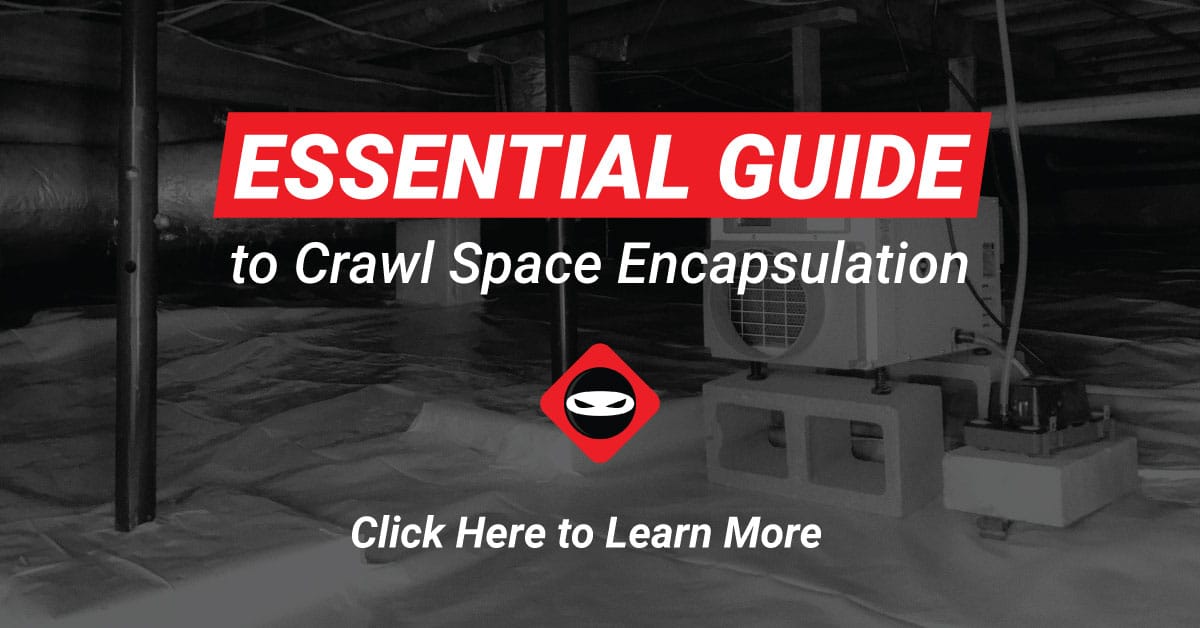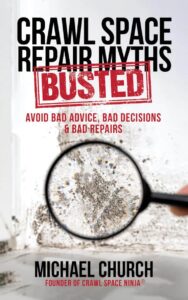The rim joist is a joist that runs around the perimeter of the floor joists and home. It normally is accessed via the crawl space or basement and according to BuildingScience.com is a critical place to air seal your home.
Critical Seal (Spray Foam Rim Joist)
https://www.buildingscience.com/documents/information-sheets/critical-seal-spray-foam-at-rim-joist
Rim joist insulation is ignored by many professional insulation contractors which is a shame considering how effective it is in air sealing. I believe in insulating rim joist insulation so much I removed drywall in my basement in order to air seal and insulate them.
I Tried Everything to Make My Home Comfortable
We purchased a home that was built in the 1960s shortly after we got married. Needless to say I wasn’t familiar back then with the order of making a home energy efficient so like many homeowners I did it backwards.
I discovered that replacing windows, upgrading HVAC and air sealing doors did very little to improve our comfort or energy efficient. In fact, it did almost nothing. The reason we did not see any results was we had three huge problems that are never discussed.
My Attic was Not Insulated or Air Sealed
I decided to investigate my attic and wow, what a mess. Very little blown-in insulation to reduce thermal energy transfer. Poor ventilation was keeping my attic hot. No air sealing of hatches and other major penetrations was robbing my conditioned air.
I removed all the insulation from my attic in order to expose the floor so I could air seal. Installed radiant barrier and ventilation to reduce radiant heat and air sealed the hatch and all penetrations. The attic, in my opinion, is the first place to start when it comes to comfort and energy efficiency, not HVAC or windows.
Rim Joist Insulation with Air Sealing
After finishing the attic, I exposed my rim joists and found they were not insulated at all. Rim joist insulation without air sealing is important to prevent the transfer of thermal energy. Rim joist insulation with air sealing is even better.
Now we recommend using a combination of foam board and spray foam in order to better protect your home. Spray foam is hard to control for many people and can be messy. Foam board gives you a true R Value and the spray foam is easier to apply in small quantities.
Rim Joist vs Sill Plate Insulation
https://crawlspaceninja.com/blog/rim-joist-sill-plate-insulation/
The third most productive improvement we made to our home was air sealing our duct-work. Once we properly insulated our attic, air sealed our rim joists and duct-work, we noticed a huge comfort improvement in our home.
Contact Crawl Space Ninja for Foundation Waterproofing and Encapsulation
Please contact us to schedule your assessment to fix your crawl space, basement or yard drainage issue.
Do you need help with mold removal, crawl space encapsulation, crawl space insulation, vapor barrier, waterproofing, foundation repair, basement waterproofing, or controlling humidity in your crawl space?
If you live in Georgia, Delaware, North Carolina, South Carolina, Tennessee, Ohio, or Kentucky, Crawl Space Ninja can help!
Also, let us know in the comments below if you have an idea for a new blog topic.
DIY Crawl Space Repair
Perhaps you’d like to tackle your own crawl space repair. Visit our DIY Store.
Join Crawl Space Ninja as an Owner
Learn about Crawl Space Ninja Franchise opportunities.
Michael Church’s Crawl Space Repair Myths-Busted book was written to help you Avoid Bad Advice, Bad Decisions, & Bad Repairs.
“This book is the Cadillac for crawl space information and Michael Church is your experienced driver. What can I say? It’s just an amazing read.” 5.0 out of 5 stars The real deal.




4 thoughts on “Should Rim Joist Be Insulated?”
Great information, thanks. But I need more specific information. My sister is building a home in Showlow,AZ. (Lots of snow and it’s cold). The crawl space is vented. The contractor has hung the pecks water lines on the bottom chord of the floor joists and does not plan to insulate between the joists. What are your thoughts
Hi Jim, not sure of all the particulars but sounds like the contractor is not intending on insulating the crawl space. DOE/building code recommends/requires crawl space insulation. I’d check with local codes enforcement to see what they recommend but remember code normally describes the minimum requirement. Here is a video we did about research that was done and the importance of insulation in crawl spaces. I hope it helps. https://youtu.be/JZfksZZbrW0
Hi. I have a house on a hill So my crawl space goes from 6 foot high and steadily goes down to about 2 feet high. The foundation is concrete that goes about 1 foot over grade, then the rest is built up by pony walls up to make the house level.
My crawl space is vented
I insulated all rim joist areas with 1inch faced EPS foam board, then sealed the edges of the boards with great stuff fireblock spray foam insulation, then placed 4 inch rockwool over the foam board. My idea was to stop condensation at the wood and then insulate further using the rockwool.
My floor is a vapor barrier over the dirt crawl space. The vapor barrier goes up the concrete foundation and ends 3 inches below where the wood pony walls start (for termite inspection).
I air sealed all penetrations into the home.
What can I do about my pony walls? They are 2x6s with osb attached to make the walls. The outside of the OSB has house wrap then siding. Can I use foam board and rockwool on the OSB in the interior of the crawl space like I did to the rim joists? I am trying to stop condensation and also have my house be more energy efficient.
What can I do about my air ducts in the crawl space to stop condensation? The air duct condensation is my ONLY source of moisture in the crawl space. Can I wrap that foil bubble wrap around it?
Thank you.
If the humidity levels are above 60% it is likely that is the cause of the condensation. If you can install a dehumidifier to address the dew point (https://diy.crawlspaceninja.com/aprilaire-e070-dehumidifier/) that should stop the ducts from condensating. After you make sure the wood is dry and humidity is controlled, then I would insulate wood. If wood is damp when you insulate, it will trap moisture and could cause mold. Wood moisture levels should be 12 to 15% in most cases. Rockwool is great for what you are doing but the space needs to be dry first. I hope that helps.